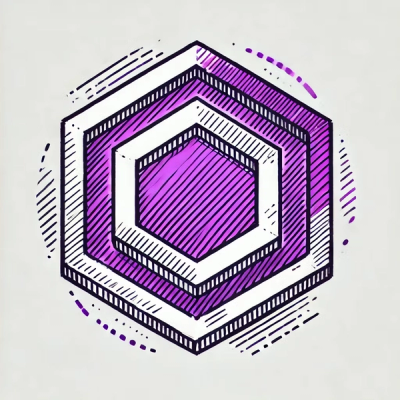
Security News
ESLint Adds Official Support for Linting HTML
ESLint now supports HTML linting with 48 new rules, expanding its language plugin system to cover more of the modern web development stack.
A powerful, accurate, and easy-to-use Python library for doing colorspace conversions
.. image:: https://travis-ci.org/njsmith/colorspacious.svg?branch=master :target: https://travis-ci.org/njsmith/colorspacious :alt: Automated test status
.. image:: https://codecov.io/gh/njsmith/colorspacious/branch/master/graph/badge.svg :target: https://codecov.io/gh/njsmith/colorspacious :alt: Test coverage
.. image:: https://readthedocs.org/projects/colorspacious/badge/?version=latest :target: http://colorspacious.readthedocs.io/en/latest/?badge=latest :alt: Documentation Status
.. image:: https://zenodo.org/badge/38525000.svg :target: https://zenodo.org/badge/latestdoi/38525000
Colorspacious is a powerful, accurate, and easy-to-use library for performing colorspace conversions.
In addition to the most common standard colorspaces (sRGB, XYZ, xyY,
CIELab, CIELCh), we also include: color vision deficiency ("color
blindness") simulations using the approach of Machado et al (2009); a
complete implementation of CIECAM02 <https://en.wikipedia.org/wiki/CIECAM02>_; and the perceptually
uniform CAM02-UCS / CAM02-LCD / CAM02-SCD spaces proposed by Luo et al
(2006).
To get started, simply write::
from colorspacious import cspace_convert
Jp, ap, bp = cspace_convert([64, 128, 255], "sRGB255", "CAM02-UCS")
This converts an sRGB value (represented as integers between 0-255) to
CAM02-UCS J'a'b' coordinates (assuming standard sRGB viewing
conditions by default). This requires passing through 4 intermediate
colorspaces; cspace_convert automatically finds the optimal route
and applies all conversions in sequence:
This function also of course accepts arbitrary NumPy arrays, so converting a whole image is just as easy as converting a single value.
Documentation: http://colorspacious.readthedocs.org/
Installation:
pip install colorspacious
Downloads: https://pypi.python.org/pypi/colorspacious/
Code and bug tracker: https://github.com/njsmith/colorspacious
Contact: Nathaniel J. Smith njs@pobox.com
Dependencies:
Developer dependencies (only needed for hacking on source):
License: MIT, see LICENSE.txt for details.
References for algorithms we implement:
Other Python packages with similar functionality that you might want to check out as well or instead:
colour: http://colour-science.org/colormath: http://python-colormath.readthedocs.org/ciecam02: https://pypi.python.org/pypi/ciecam02/ColorPy: http://markkness.net/colorpy/ColorPy.htmlFAQs
A powerful, accurate, and easy-to-use Python library for doing colorspace conversions
We found that colorspacious demonstrated a healthy version release cadence and project activity because the last version was released less than a year ago. It has 1 open source maintainer collaborating on the project.
Did you know?

Socket for GitHub automatically highlights issues in each pull request and monitors the health of all your open source dependencies. Discover the contents of your packages and block harmful activity before you install or update your dependencies.

Security News
ESLint now supports HTML linting with 48 new rules, expanding its language plugin system to cover more of the modern web development stack.

Security News
CISA is discontinuing official RSS support for KEV and cybersecurity alerts, shifting updates to email and social media, disrupting automation workflows.

Security News
The MCP community is launching an official registry to standardize AI tool discovery and let agents dynamically find and install MCP servers.